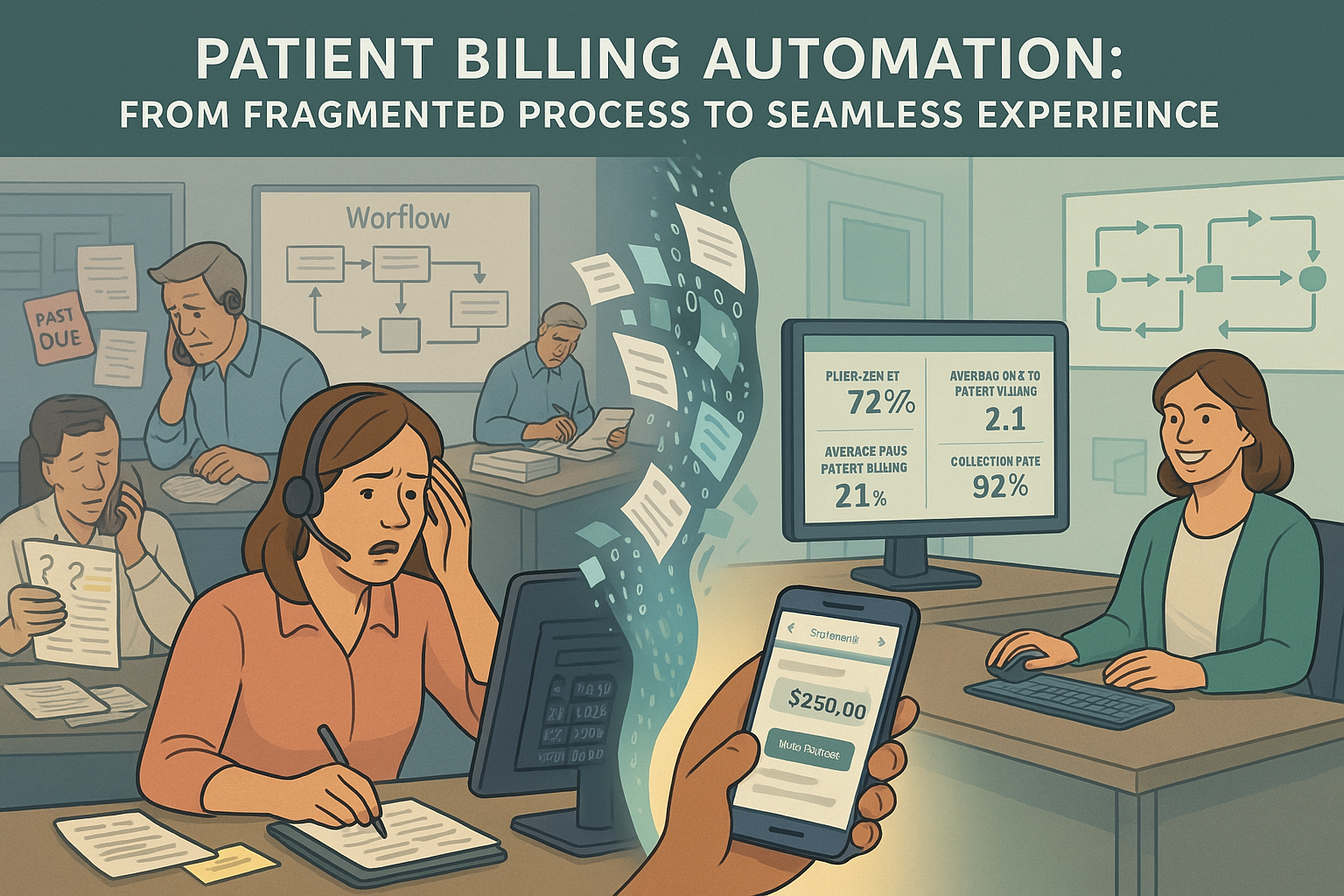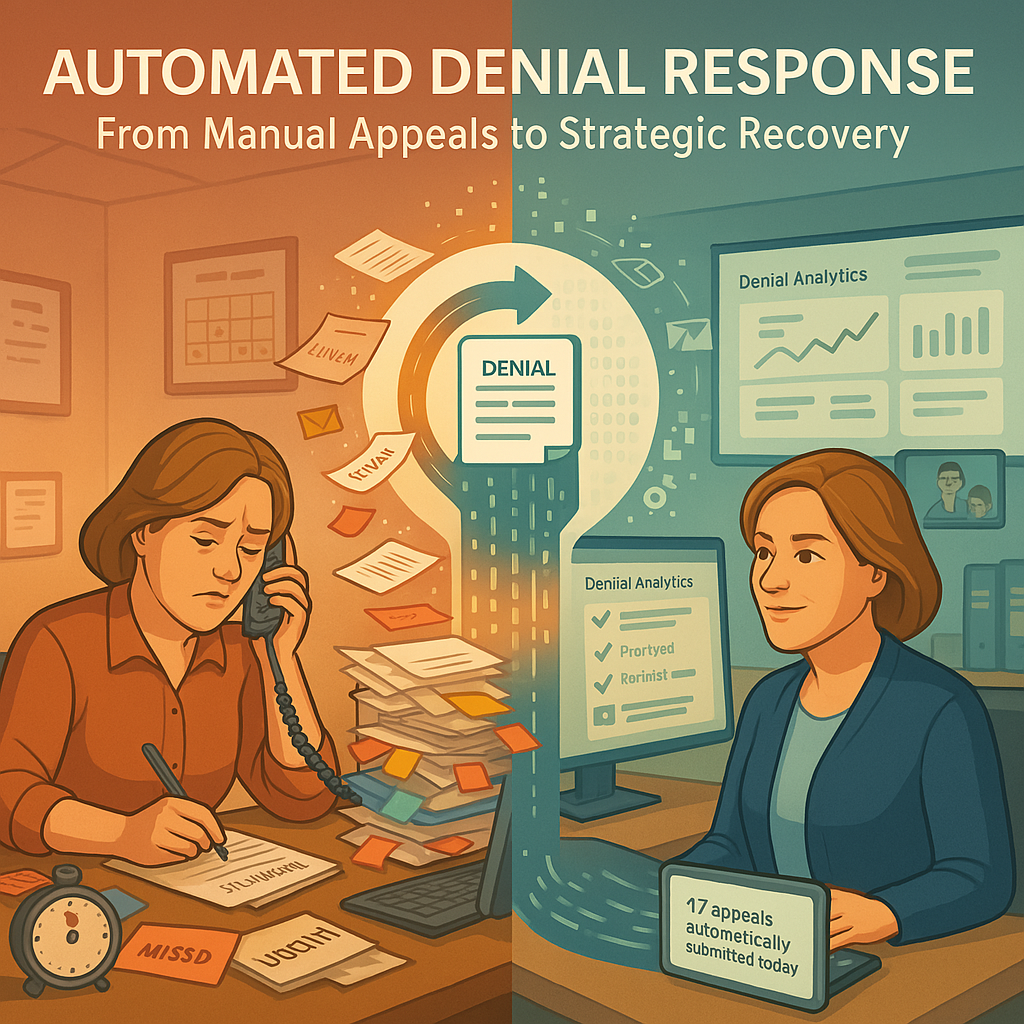Optimizing Collaboration Between Central Billing Offices and Outsourced RCM Teams
In today’s competitive business environment, outsourcing operations has become a common practice across various industries, including healthcare, finance, and IT. Central Billing Offices (CBOs) frequently partner with outsourced Revenue Cycle Management (RCM) teams to efficiently manage billing, coding, and financial processes. However, successful collaboration doesn’t happen by chance—it requires careful planning, clear communication, and effective strategies.
Effective partnerships between CBOs and outsourced RCM teams can lead to improved efficiency in financial processes, reduced operational costs, enhanced revenue growth, and better focus on core business functions. To achieve these benefits, organizations must address key aspects of collaboration and implement strategies for success.
Key Elements of Successful Collaboration
Strategic alignment and goal setting form the foundation of a strong partnership between CBOs and RCM teams. By defining clear, SMART goals (Specific, Measurable, Achievable, Relevant, Time-bound), organizations ensure mutual understanding of priorities and expectations. Regular review and adjustment of these goals keep the collaboration on track and responsive to changing needs.
Transparent communication is crucial for maintaining a healthy working relationship. Organizations should:
• Establish regular check-ins and progress meetings
• Utilize project management tools for real-time updates
• Create a culture that encourages sharing insights and addressing concerns
Process standardization and optimization streamline workflows across CBOs and RCM teams, essential for efficiency. This involves documenting key processes, identifying and eliminating bottlenecks, and implementing best practices in revenue cycle management. Leveraging automation tools can significantly improve productivity and allow staff to focus on higher-value tasks.
Investing in cross-functional training and development pays dividends by enhancing the skills and knowledge of both CBO and RCM team members. A culture of continuous learning and adaptation ensures that staff can effectively handle changing requirements and new technologies.
Performance monitoring and feedback mechanisms are vital for continuous improvement. By establishing key performance indicators (KPIs) for both CBOs and RCM teams, conducting regular performance reviews, and implementing data-driven decision-making processes, organizations can identify areas for improvement and drive optimization efforts.
Strategies for Streamlining Operations
To maximize efficiency and productivity, organizations should consider implementing centralized data management systems. Integrated EHR and Practice Management platforms, along with cloud-based solutions, improve accessibility and security while facilitating seamless information exchange.
Performance-based contracting models can align financial incentives with performance metrics, ensuring accountability and driving continuous improvement. This approach promotes transparency and mutual benefit for both CBOs and outsourced RCM teams.
Embracing continuous process improvement initiatives, such as Lean Six Sigma methodologies, empowers organizations to identify inefficiencies, eliminate waste, and optimize workflows. By fostering innovation and employee engagement, these initiatives drive sustainable growth and competitive advantage.
Leveraging predictive analytics and business intelligence tools provides organizations with actionable insights, trends, and forecasts. This data-driven approach enables proactive revenue cycle management, informed decision-making, and strategic resource allocation.
Overcoming Common Challenges
Collaborating with outsourced RCM teams can present challenges, but there are effective ways to address them:
• Foster a culture of trust and transparency
• Clearly define roles and responsibilities
• Implement robust governance structures
• Establish contingency plans for potential issues
By proactively addressing these areas, organizations can mitigate risks and build stronger, more resilient partnerships.
Conclusion
Optimizing collaboration between Central Billing Offices and outsourced RCM teams is crucial for improving financial performance and delivering value-based care. By focusing on strategic alignment, clear communication, and process optimization, organizations can overcome challenges and achieve sustainable growth in the ever-evolving healthcare landscape.
FAQs
How can CBOs ensure data security when working with outsourced RCM teams?
CBOs can implement robust encryption protocols and access controls, conduct regular security audits, and sign comprehensive confidentiality agreements to protect sensitive information.
What are the main benefits of outsourcing RCM functions?
Outsourcing RCM functions provides access to specialized expertise, scalable resources, and advanced technology solutions. It also allows organizations to reduce administrative burden and achieve cost efficiencies through economies of scale.
How can organizations measure the effectiveness of CBO-RCM collaboration?
Effectiveness can be measured by tracking key performance indicators such as revenue collection rates and denial rates, conducting regular performance reviews, gathering stakeholder feedback, and benchmarking against industry standards.
What role does technology play in CBO-RCM collaboration?
Technology provides centralized platforms for data exchange, enables real-time communication and workflow management, and supports data-driven decision-making through analytics tools.
What are potential risks of outsourcing RCM functions and how can they be mitigated?
Potential risks include data security breaches, compliance violations, and loss of control over critical processes. To mitigate these risks, organizations should conduct thorough due diligence when selecting partners, implement stringent security measures, and establish clear contingency plans.





